The title of this post alludes to an essay that is, in my mind, one of the central pillars of the Via Mediaevalis newsletter: “The Great Paradox of Medieval Monasticism,” which not only calls attention to the extraordinary (for us, almost inconceivable) prominence of monastic life in the Middle Ages, but also explores the medieval monastic experience as fundamentally paradoxical. What I mean by this is that paradox—which I defined in “The Spectre of a Rose”1 as that which seems impossible or contradictory yet proves, upon further reflection, to contain truth and convey meaning—was central to the existence of medieval monasticism and should likewise be central to our understanding of medieval monasticism. In this essay, the first in a series, I propose that the same applies to medieval marriage: if we wish to ponder it and study it, and furthermore if we wish to comprehend it and learn from it, we must recognize that the deep truths and powerful meanings of medieval marriage are inseparable from its paradoxical qualities.
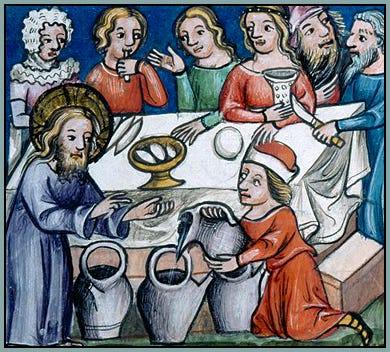
This topic is on my mind because of an article posted recently by
: “Honorable, Valuable, Meritorious, and Holy: St. Thomas on Christian Marriage,” which I highly recommend. You will not find a more concise and enlightening distillation of Aquinas’s matrimonial theology. Two passages in particular lay the foundation for our discussion today:It should not embarrass Catholics to admit that the medieval period, notwithstanding its incomparable achievements, bequeathed to succeeding ages certain erroneous habits of thought and omissions that have taken centuries to redress. The contemporary crisis of marital morality in the Church cannot be unrelated to the frequent lack of sound teaching and wholesome piety for married couples.
And again:
That the marital act is meritorious and holy for spouses in a state of grace—a view that may now strike us as obvious—was routinely denied in the Middle Ages. In the Scriptum super Sententiis Thomas frequently rehearses arguments that express a crass contempt for marriage and sexuality and refutes them with crystal-clear logic.
These words did, of course, cause me to collapse in a dead faint, and it’s hard to know what might have happened if my wife had not been quick with the smelling salts. In all seriousness, though, the problem with these statements is that they are completely correct.
The men of the Middle Ages participated in two lives: the official and the carnival life. Two aspects of the world, the serious and the laughing aspect, co-existed in their consciousness.
—Mikhail Bakhtin (transl. Hélène Iswolsky)
Now, regular readers of Via Mediaevalis know that I make no attempt to, and have no desire to, idealize the Middle Ages.2 Indeed, between my naturally calculating mind and my ruthlessly pragmatical northern-Germanic blood, I am scarcely capable of idealizing anything.
However, the issues that Kwasniewski raises in those quotations are grave (even if, as he rightly points out, they form an incomplete picture of “the highly complex thought and practice of medieval Catholics regarding the sacrament of marriage”). They are more potent than the usual antidotes to an overly idealized or romanticized Middle Ages; they are more distressing than the devious monarchs, avaricious noblemen, lecherous clerics, and villainous peasants who so effectively remind us that medieval society, like all societies, groaned under the immemorial burden of sin. Rather than flakes of plaster or cracks in the mortar, those ideas about marriage—insofar as they lack balance, denigrate healthy pleasures, stifle the celebratory joyfulness of life, impugn the goodness of material Creation, and obscure the wondrous wisdom of the Creator—appear to us as fractures in the very foundation of medieval civilization: For what else could be the basis of the vast and magnificent social edifice that was Christendom? What could be more essential to the survival and prosperity of the commonwealth than matrimony? What other institution could produce and nourish and educate the next generation—perhaps a more virtuous and faithful generation—of monarchs, noblemen, clerics, and peasants? What other sacrament so directly exalted and sanctified the physical union of man and woman, and with it that overpowering passion, that indispensable treasury of the poets, that inexhaustible fount of joy and ruin, called love?
Furthermore, the subject of medieval marriage presents a challenge for the defining logic of this newsletter. Via Mediaevalis is not about merely recounting medieval history, or appreciating medieval artwork, or explaining medieval spirituality. Our objective, rather, is to explore the question of how to live a good life, right here and right now, in the postmodern world. But since the postmodern world tends to be a cultural wasteland, and since we are all more or less wounded by centuries of violent secularization and dehumanization, a good life may elude us if we do not first rediscover what life is—and for that we look to the culture of the Middle Ages, and also to Antiquity, which that culture reverently inherited, and the Renaissance, which was in some ways its undoing but in others its climactic fruition.
The medieval way, then, is our cultural Camino de Santiago, our pilgrimage route through a world that offers compelling, inspiring, fascinating, philosophically sound, aesthetically pleasing, and spiritually enriching answers to crucial questions about our bodies, our souls, our world, and our God. But what about marriage? An institution of the utmost importance today as always, but which is now in a state of acute crisis, threatened from within and without, beset by uncertainties, spurned by much of secular society, misunderstood by much of Christian society, grievously harmed by the twin evils of libertinism and puritanism—can medieval culture offer us no unified example, no harmonious testimony on its behalf? Will we look to the Middle Ages and see in matrimony the same sort of fragmentation and disproportion that is ever haunting and plaguing our journey through modernity?
To some extent, yes, we will. However—I still believe that medieval culture is the key to rediscovering marriage; I still believe that it gives us unique and transformative insight into the nature of marriage as an institution, the pleasures of marriage as a relationship, and the spirituality of marriage as a sacrament. In this case, though, we must employ multiple techniques. The first is to recognize that for various practical reasons, medieval marriage necessarily differed from modern marriage; we must integrate these differences into our study of the former and our quest to more fully understand the latter. Another is to focus on the more balanced and reasonable (and authoritative) voices, which is precisely what Dr. Kwasniewski does in the essay mentioned above. And finally, we can strive to learn from both the balanced and the imbalanced, from both the reasonable and the extreme, while re-envisioning the apparent discord as paradox, and then allowing the paradox to lead us toward truth.
Our exploration of medieval marriage will continue into Tuesday’s and next Sunday’s posts. The Tuesday post will be sent to everyone, so that free subscribers don’t end up with a gaping hole in our discussion of this important topic, but we’ll also have an installment of The Medieval Year on Friday, and that will be available only to paid subscribers.
If you would know of what kind he is,
My Lamb, my Lord, my darling gem,
My fair beloved, my joy, my bliss.
—“The Pearl” (a late-medieval poem; transl. Brian Stone)
It should not surprise us to find sacred paradox welling up from both medieval marriage and medieval monasticism, for both were animated fundamentally by love. In one the beloved is human; in the other, divine. In one the body is given to the spouse; in the other, it is returned to the Spouse who made it. In one there is union of soul unto soul; in the other, there is union of soul unto Christ.
Part of the difficulty in studying medieval marriage is extracting oneself from the secular environment of modernity, with its literary and cinematic fixation on human romance, and then imagining oneself in a world where romance flourished also between earth and heaven, and where the language of passionate love was directed also to God. I leave you with an example from Richard Rolle, a mystic and hermit of the fourteenth century:
O my God! O my Love! into me glide, with Thy charity pierced, with Thy beauty wounded.... Behold in Thee is all my desire, and all my heart seeks. After Thee my heart desires; after Thee my flesh thirsts....
Hail therefore O lovely Everlasting Love.... Come into me, my Beloved! All that I had I gave for Thee, and that I should have, for Thee I have forsaken.... With most burning desire I desire, to be ever within Thy embrace.
This essay was translated into Italian, in case you would prefer to read it in that language: “Lo spettro di una rosa.”
You may enjoy, as an example of this, a previous post that explains why medieval clerics preferred the mace to the sword.


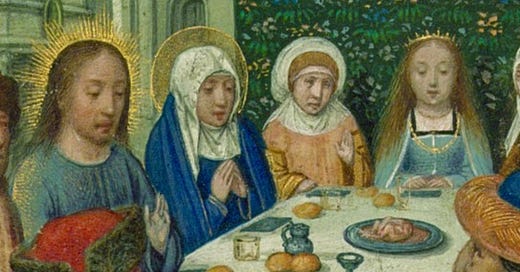


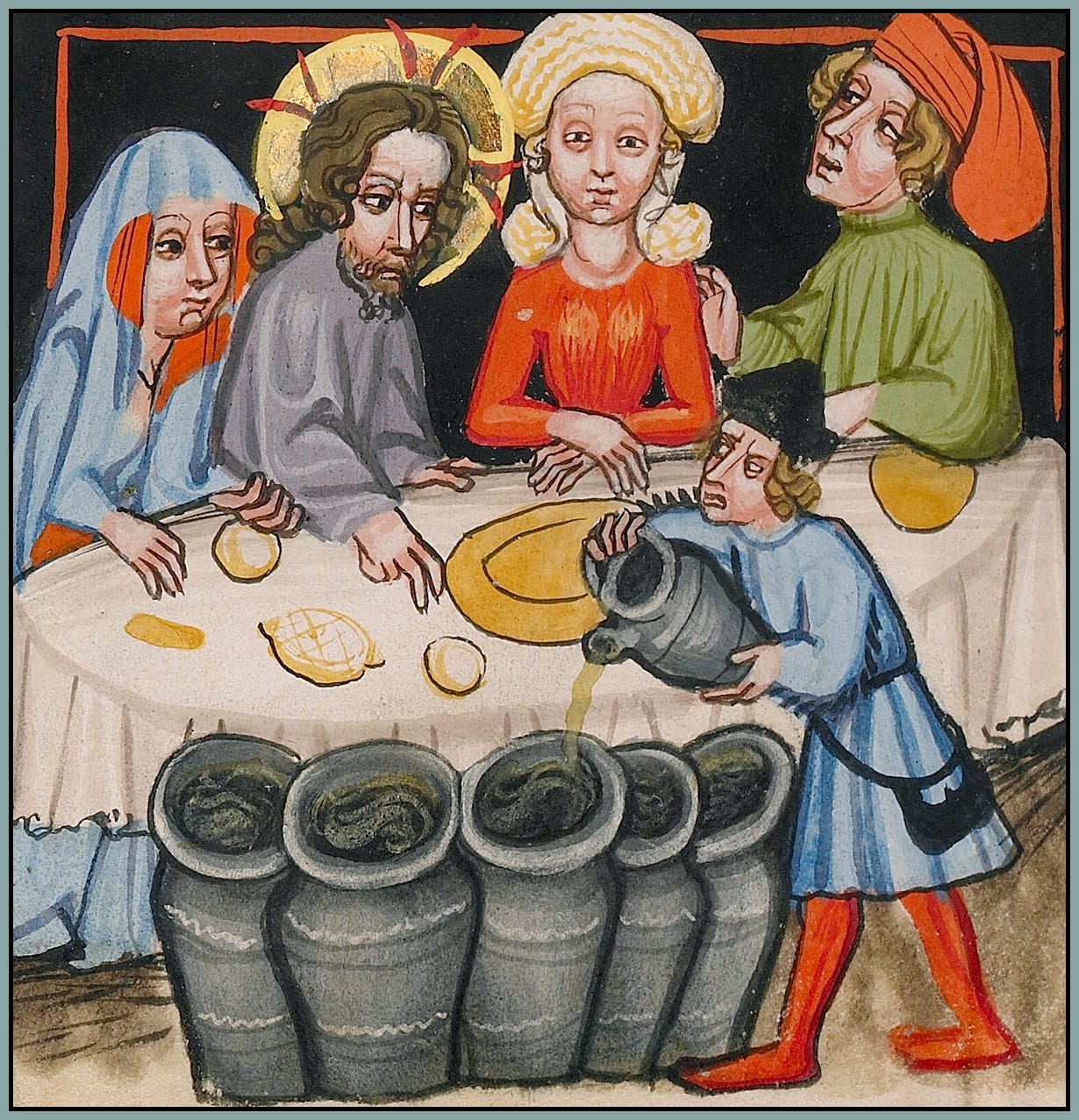

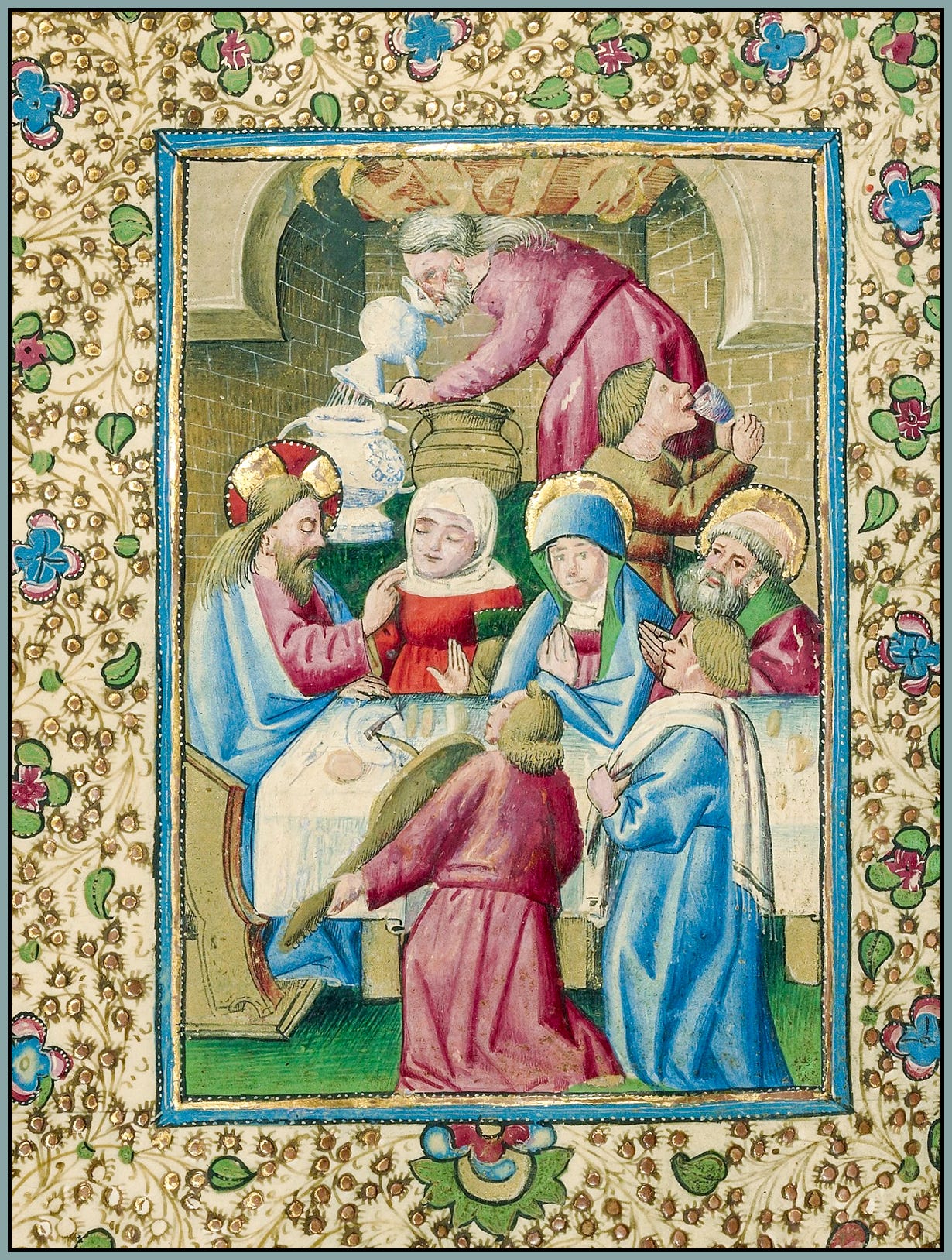
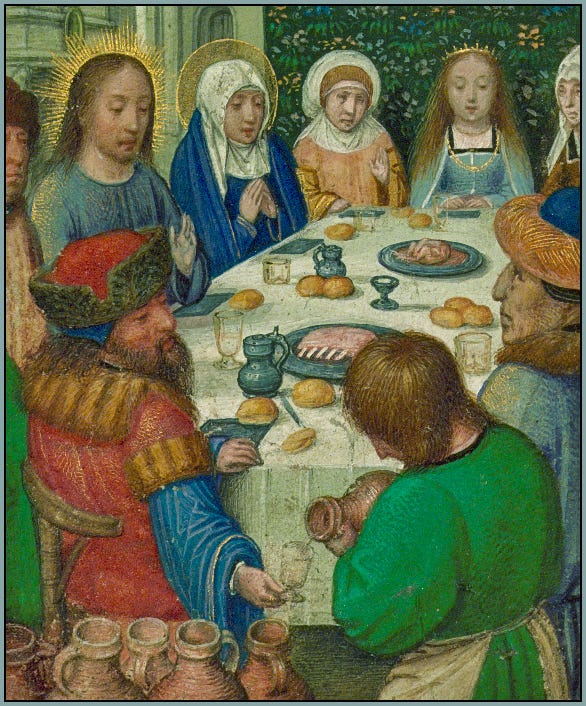

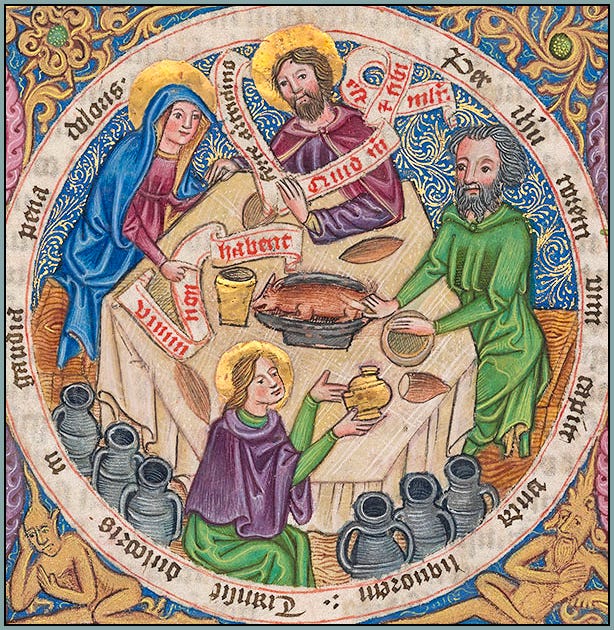
I am one of your free subscribers, so I am glad we will be permitted the next installment of this profoundly important essay.
One of my sorrows as a Catholic is never to hear a homily on the beauty of marriage lived as God desires couples to live it. So young Catholics flounder and older Catholics, single as well as couples, largely reflect the way of the modern world.
Thank you for this article. I wish I could pick your brain more. Great work.